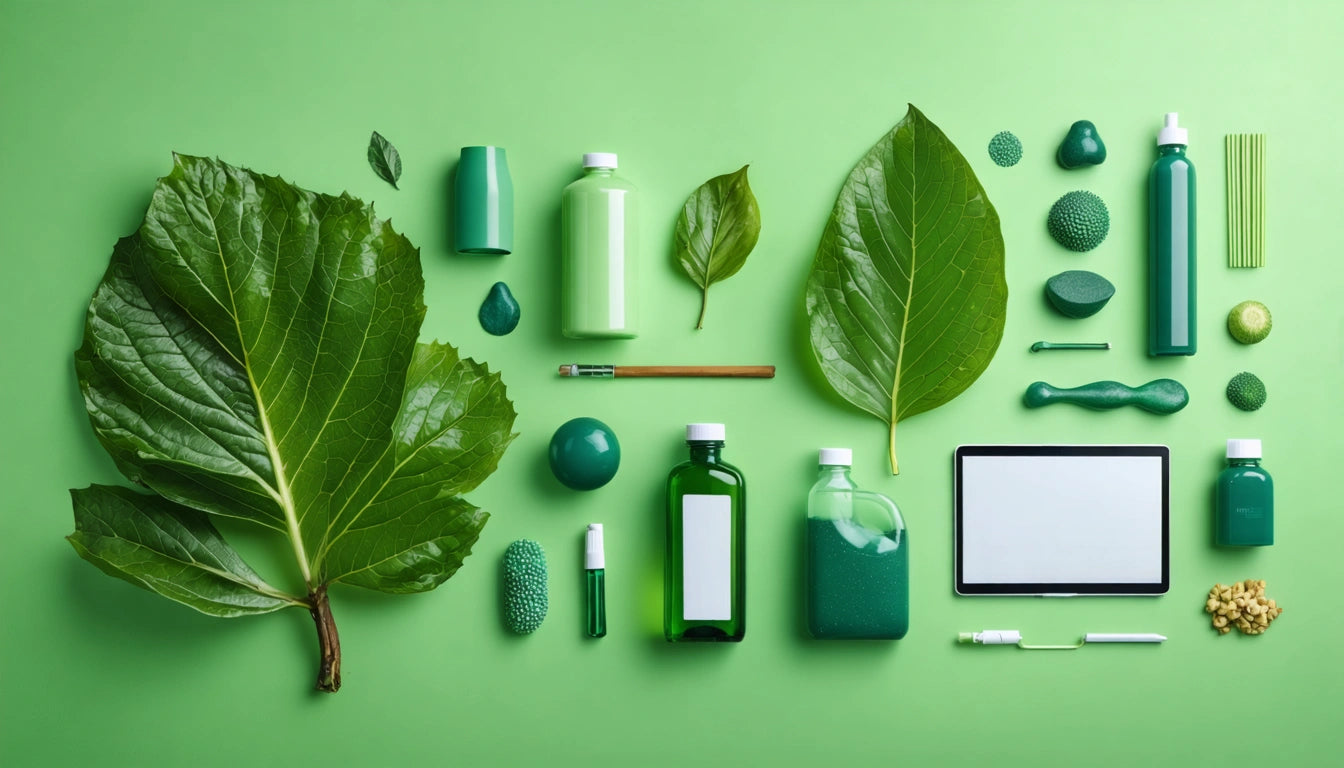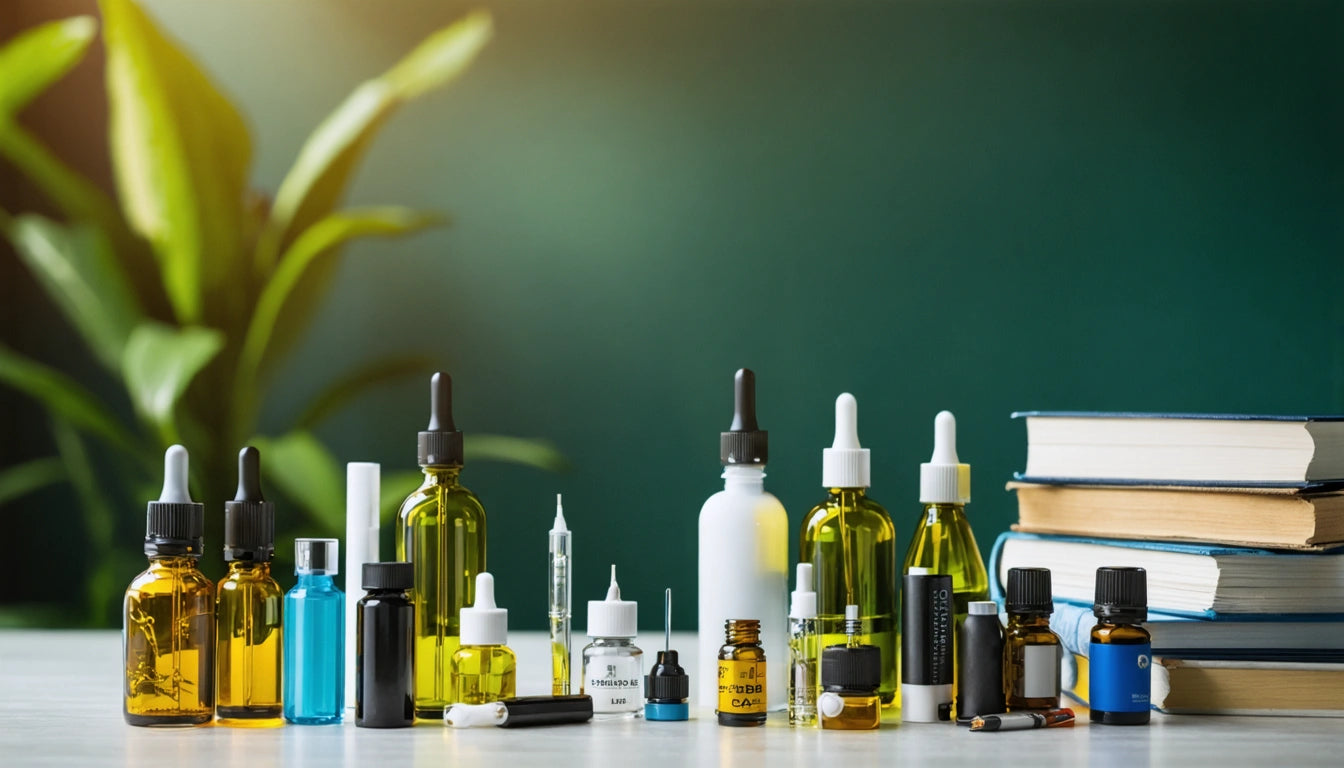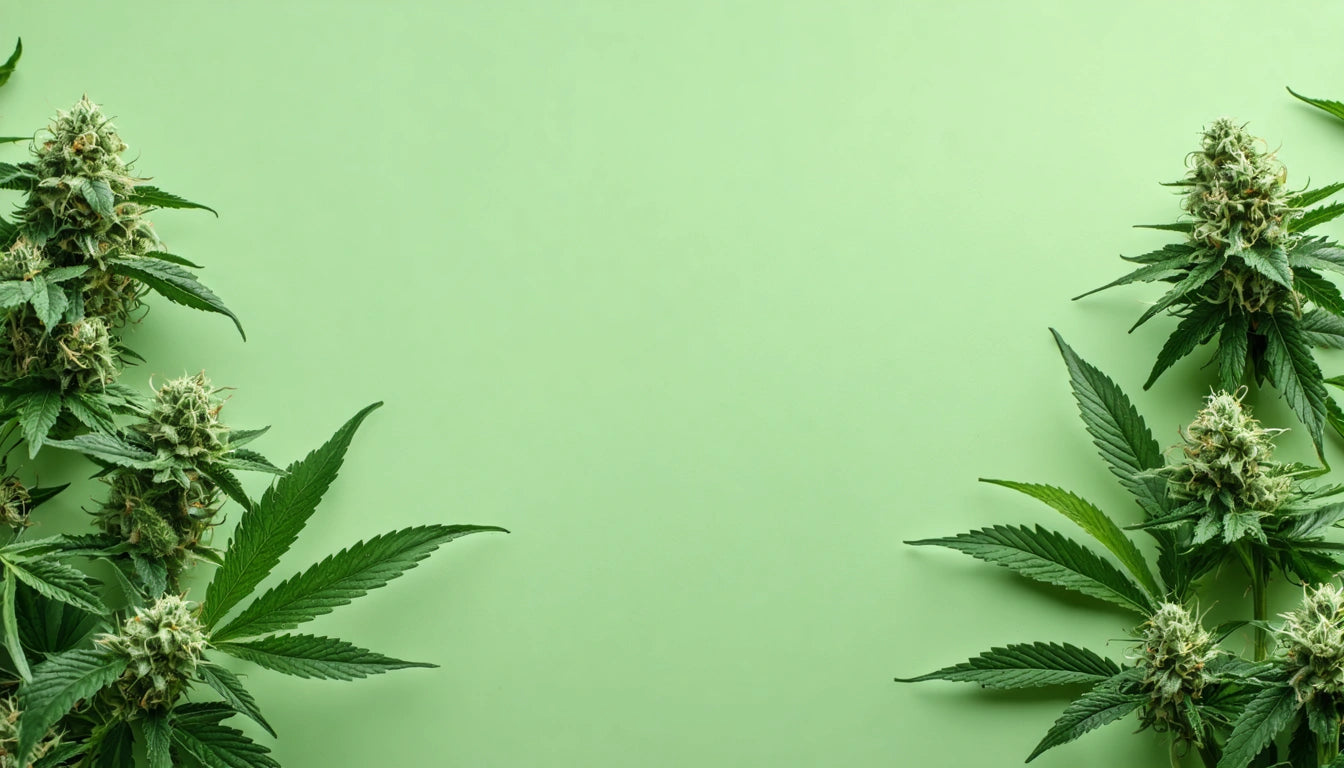Table of Contents
Is Bioplastic the Future? What You Need to Know About Plant-Based Films
As environmental concerns grow and regulations tighten, many industries are exploring alternatives to conventional plastics. Bioplastics, derived from renewable biomass sources like vegetable oils and cornstarch, represent a promising frontier in sustainable packaging. But are these plant-based films truly the future of packaging, or simply another eco-trend with limited practical application?
Understanding Bioplastics: What They Are and How They Work
Bioplastics are polymers made from biological substances rather than petroleum. They fall into two main categories: biodegradable plastics that break down naturally and bio-based plastics derived from renewable resources. While traditional plastics can take centuries to decompose, many bioplastics can break down in months under the right conditions.
The manufacturing process typically involves extracting starches, cellulose, or oils from plants like corn, sugarcane, or algae. These materials are then processed into polymers that mimic the properties of conventional plastics. The result is a material that offers similar functionality but with a potentially lower environmental footprint.
Types of Bioplastics in Today's Market
PLA (Polylactic Acid)
Derived primarily from cornstarch, PLA is among the most common bioplastics. It's transparent, relatively strong, and works well for food containers and disposable tableware. However, it requires industrial composting facilities to break down properly.
PHA (Polyhydroxyalkanoates)
Produced by bacterial fermentation of sugars or lipids, PHAs are fully biodegradable in home composting systems and marine environments. They're versatile but currently more expensive to produce than other options.
Starch-Based Blends
These combine starch with other biodegradable polymers to create versatile materials used in packaging films and agricultural applications. They're among the most affordable bioplastic options but may have limitations in moisture resistance.
Benefits and Limitations of Plant-Based Films
The advantages of bioplastics extend beyond biodegradability. According to research on the shift from PET to bio-based plastics, these materials can reduce carbon footprints by up to 80% compared to petroleum-based alternatives. Additionally, they often require less energy to produce and don't rely on finite fossil fuel resources.
However, limitations exist. Many bioplastics have shorter shelf lives than traditional plastics and may degrade prematurely in high-humidity environments. Cost remains another significant barrier, with bioplastics typically commanding a 20-100% premium over conventional options. Water usage and land requirements for growing feedstock crops also raise sustainability questions.
Market Applications and Success Stories
Despite challenges, bioplastics are finding their way into various industries. Food packaging represents the largest market segment, with compostable snack wrappers and produce bags gaining traction. Edible packaging made from seaweed and rice paper demonstrates how innovative biomaterials can eliminate waste entirely.
The cannabis industry has also embraced bioplastics for packaging flower products and accessories. Companies investing in specialized processing equipment for sustainable materials are finding competitive advantages as consumers increasingly prioritize eco-friendly options.
Other successful applications include:
- Agricultural films that biodegrade after use
- Medical implants that dissolve once their purpose is served
- Disposable cutlery and food service items
- Textiles and nonwoven materials
Implementation Challenges for Businesses
Transitioning to bioplastics isn't without hurdles. Beyond cost premiums, businesses face infrastructure challenges. Many bioplastics require specific conditions to decompose properly, yet access to industrial composting facilities remains limited in many regions. This reality is explored in this analysis of why compostable packaging often ends up in landfills.
Supply chain considerations also complicate adoption. Manufacturers may need to modify production equipment or processes to accommodate different material properties. Additionally, inconsistent regulations and labeling standards create confusion for both businesses and consumers about proper disposal methods.
For businesses considering the switch, a phased approach often works best. Starting with hybrid solutions or targeting specific product lines allows for testing and refinement before full-scale implementation.
Future Outlook: Where Bioplastics Are Headed
The bioplastics market is projected to grow at 20% annually through 2026, driven by consumer demand and regulatory pressure. Technological advancements are steadily addressing current limitations, with researchers developing new feedstocks that don't compete with food production.
Emerging innovations include bioplastics made from agricultural waste, algae, and even carbon captured from industrial emissions. These next-generation materials promise improved performance while further reducing environmental impacts. The concept of closed-loop packaging systems is also gaining momentum, where materials are designed for multiple life cycles.
While bioplastics alone won't solve our packaging waste challenges, they represent an important piece of a more sustainable future. As production scales up and technologies mature, expect to see plant-based films become increasingly competitive with conventional plastics across more applications.
For businesses, the question isn't whether to consider bioplastics, but rather which applications make strategic sense today while positioning for broader adoption tomorrow. The companies that successfully navigate this transition will likely find themselves with stronger brand reputations and better preparation for tightening regulations.











Leave a comment
All comments are moderated before being published.
This site is protected by hCaptcha and the hCaptcha Privacy Policy and Terms of Service apply.